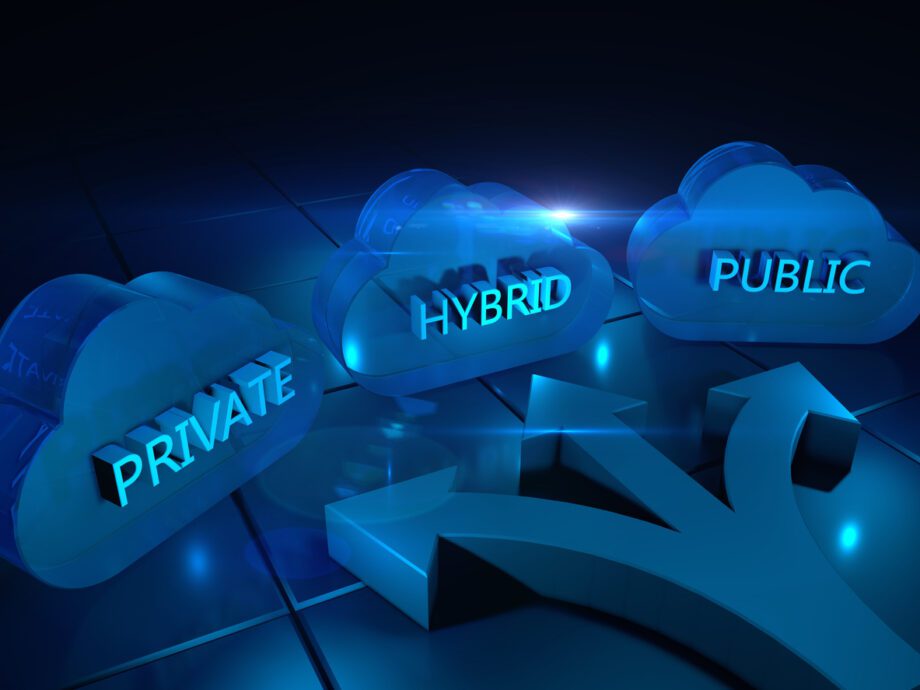How to Be Successful with Multi-cloud and Hybrid Cloud Setups
Oct 20, 2022


Nine in ten organizations use the cloud to host at least some of their IT infrastructure. Interestingly, many leaders are taking a multi-cloud or hybrid cloud approach rather than putting all their eggs in one cloud basket.
A 2022 HashiCorp Survey found that 76% of organizations are currently following a multi-cloud strategy. This number grows to 94% for large companies with more than 5,000 employees. Within the multi-cloud segment, eight in ten companies use a hybrid cloud approach.
What does this mean exactly? And how should you think about it for your enterprise?
We’ll explain the difference between multi and hybrid clouds below, as well as cover why they are popular choices for cloud adopters.
What Do Multi-cloud and Hybrid Cloud mean?
Multi-cloud architectures refer to those that involve two or more clouds of the same type. For instance, multi-cloud environments could include two or more public clouds, like Amazon Web Services (AWS), or two or more private clouds. The latter describes cloud computing environments that are dedicated to a single client.
Multi-cloud architectures are valuable because they give companies the opportunity to take a more tailored approach to their IT strategy. They can align with different service providers depending on their goals. Companies also avoid vendor lock-in and reduce their risk of infrastructure malfunctions affecting the entire business.
Furthermore, the multi-cloud approach can improve agility when teams offload cloud management responsibilities to a dedicated service provider. Latency also comes down as businesses extend their networks across multiple vendors.
Hybrid clouds are those that involve a combination of cloud systems. Hybrid clouds are a subset of the multi-cloud classification. Under the hybrid cloud umbrella, companies use several cloud computing environments, but they represent a combination of public and private deployments.
Organizations use hybrid clouds for several reasons. First, having both private and public cloud options gives enterprises more flexibility regarding how they deploy their data. As a result, hybrid clouds are popular amongst firms with remote workforces. IT teams can make data accessible from private on-premises servers or public clouds – whatever suits the company’s needs best.
Hybrid clouds can also be more cost-effective. They enable organizations to put resources that need to scale quickly in the cloud where capacity is readily available on a pay-per-use basis. Meanwhile, they can keep sensitive data with robust security controls on private servers.
Additionally, hybrid clouds are more resilient because companies can back their data up across different system types. These setups also support innovation, as teams can optimize different aspects of IT operations, whether it be taking advantage of managed services from a public vendor or designing the ideal custom environment in a dedicated server.
The key takeaway is that with both multi-cloud and hybrid cloud architectures, organizations can get the best of all worlds. They have more flexibility and choice around how to execute IT operations.
How to Incorporate AWS into Your Plans
For those looking to adopt a multi-cloud or hybrid cloud ecosystem, ClearScale can help. Although we specialize in the AWS public cloud, we’ve built solutions that incorporate AWS into broader multi-cloud or hybrid cloud arrangements. We’ve earned 11 AWS competencies, including the Migration competency. We have deep experience in taking a portion of a larger IT ecosystem and optimizing it in AWS.
A big reason why companies include AWS in their multi-cloud or hybrid cloud architectures is that the platform offers powerful solutions that allow users to extend AWS capabilities to different environments. Developers enjoy more consistency when they can manage applications with AWS even if they are on-premise, in the cloud, or at the edge. AWS hybrid cloud services cover the gamut, from compute and containers to storage and networking. Some of the more popular services include AWS Outputs, AWS CloudWatch, and AWS Direct Connect.
For example, we worked with an online cashback site when the company needed to boost IT performance. The client had grown quickly in a short period. We worked with the company to move two on-premises data centers into AWS but left certain legacy hardware on-premise. This hardware was crucial for specific big data and ML tasks.
The project involved developing a new AWS Landing Zone and CI/CD capabilities. We migrated the relevant resources over and made sure the hybrid setup delivered higher scalability, security, and elasticity overall. Today, the company enjoys DevOps automation in the AWS cloud for its new infrastructure and continued ML success with its on-premise architecture.
If you’re looking to adopt a multi-cloud or hybrid cloud architecture, give us a call to discuss your goals. We’ll determine if the AWS cloud should be a part of your plans. And if so, we’ll help you take full advantage of everything the public cloud provider has to offer.
Get in touch today to speak with a cloud expert and discuss how we can help:
Call us at 1-800-591-0442
Send us an email at sales@clearscale.com
Fill out a Contact Form
Read our Customer Case Studies